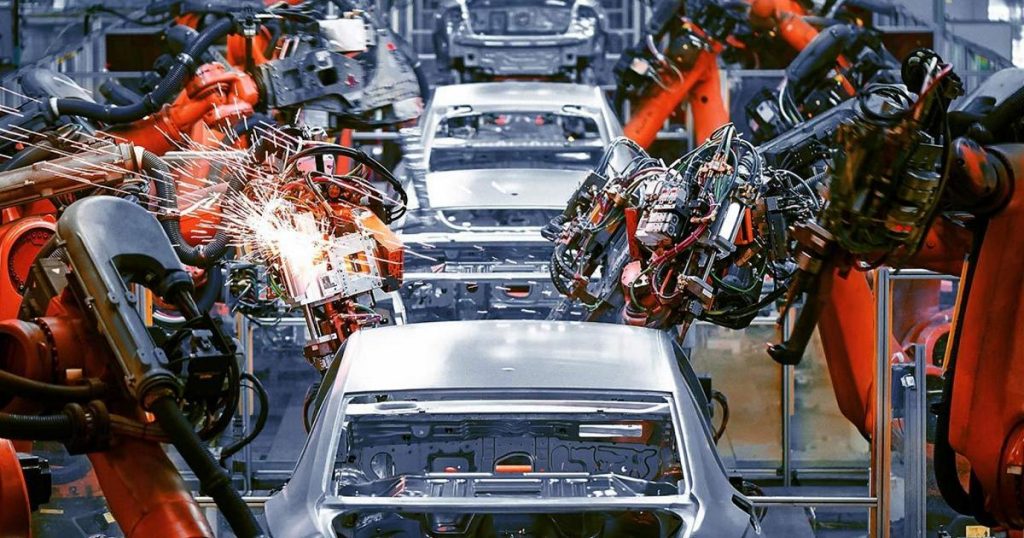In recent days, Honda and Nissan have signed a memorandum of understanding for their merger and the creation of a holding company that includes Mitsubishi, making it the third largest automotive group in the world. Giuseppe Sabella, director of Oikonova, shared his insights on what this merger means for the auto industry. The potential of this merger is significant, as Honda and Nissan produce a similar volume of cars annually, totaling over 8 million vehicles together. With Mitsubishi also in the mix, the new group is poised to become a major player, following Toyota and Volkswagen.
There is some caution surrounding this merger as it is still in the early stages. However, Sabella believes that the merger will likely go through by June 2025. While Nissan has faced challenges due to its lag in electric vehicle technology and outdated models, Honda brings competitiveness to the table. With Nissan making strategic layoffs and capacity reductions, the merger with Honda presents an interesting opportunity for both companies. The ultimate success of the merger will also depend on Mitsubishi’s involvement.
The main goal of this merger is to strengthen the new entity’s position in electric vehicles, AI, and digital software – key areas for the future of the automotive industry. With companies like Tesla and Chinese rivals leading the electric vehicle market, the merger aims to enhance the group’s competitiveness in these areas. Additionally, with global uncertainties such as market crises, supply chain disruptions, and protectionist measures, the merger seeks to create a stronger foothold through economies of scale and innovation.
Renault holds a 36% stake in Nissan, and the French company is likely to carefully consider its position in relation to the new Japanese auto group. If Renault does not align with the new project, Taiwanese company Foxconn has expressed interest in investing in Nissan. Foxconn’s expertise in high-quality automotive components makes it a valuable partner, with companies like Stellantis benefiting from their collaboration. The implications of this merger on the European auto industry remain to be seen as global competition continues to intensify.
The European auto industry has fallen behind Asian competitors, particularly Japan and South Korea, in terms of innovation and cost efficiency. Companies like Toyota and Kia have excelled in technological advancements, offering consumers advanced products at competitive prices. This highlights the urgent need for European automakers to innovate and enhance product competitiveness to remain viable in the market. The industry faces a critical peak of transformation within a short timeframe.
Over the past 20 years, Europe’s auto industry has suffered from lack of innovation and coordinated efforts among major European countries. While globalization led to production shifts, Europe failed to capitalize on retained production in terms of innovation and technology. With the global market crisis prompting advanced economies to prioritize industrial and energy independence, European weaknesses have become more evident. The auto sector is increasingly becoming a battleground for both industry and geopolitical interests.
The auto sector is critical for national economies due to its economic impact and employment opportunities. Recent trends highlight a reversal in production localization as major economies aim to bring back domestic production activities. As the auto industry becomes more technology-oriented and data-driven, it presents an opportunity for national economic advantages. However, China’s dominance in electric vehicles does not guarantee long-term success as other technologies may emerge in the future. The European Union is expected to adopt a more flexible approach to the transition to electric mobility to support the industry’s competitiveness and meet environmental goals.















